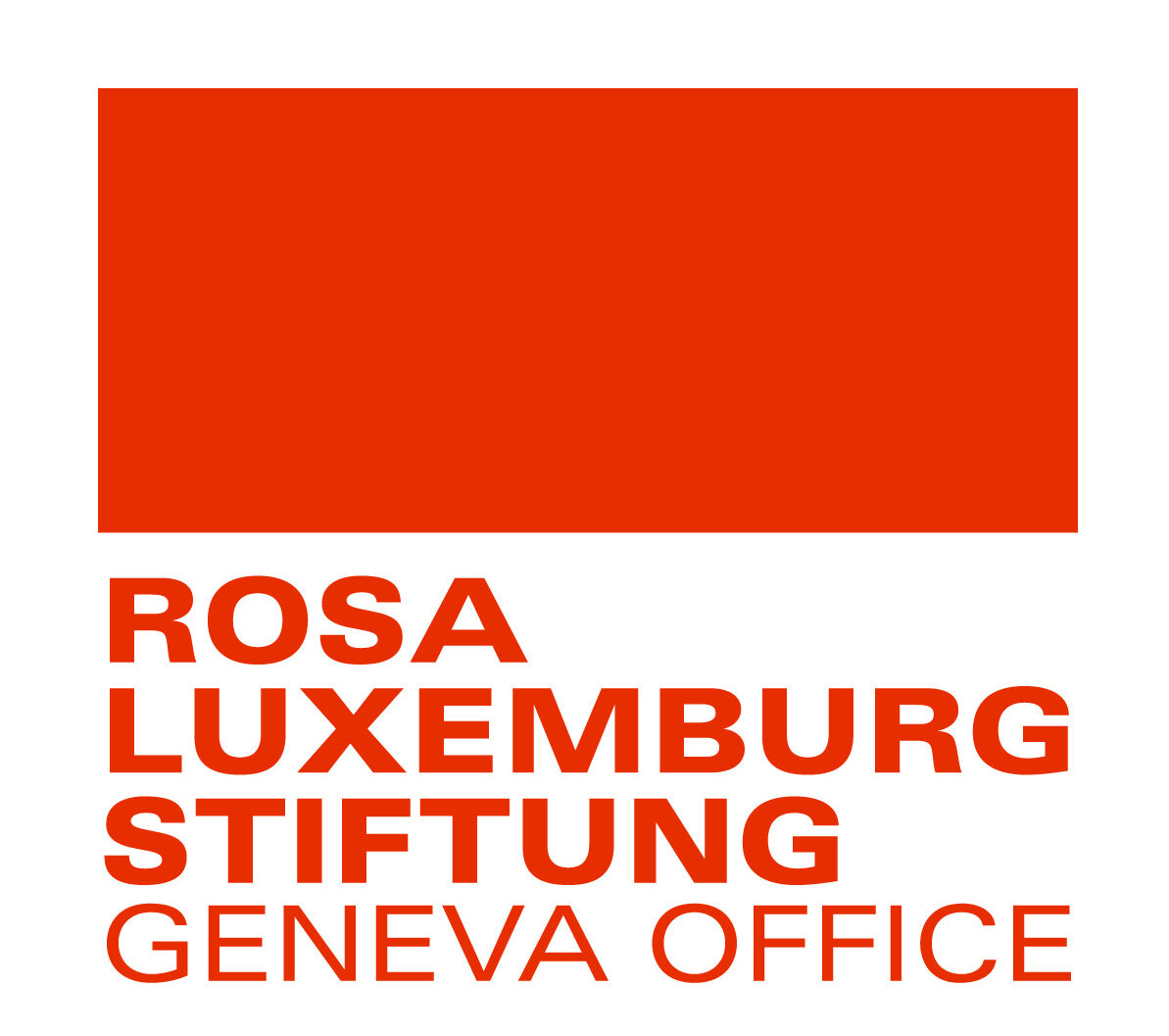Changing international law is an important way to fight slavery and forced labour. But convincing governments to do so takes a long, long time. And changing the rules does not itself eliminate the problem. A century after the first International Labour Organization convention against forced labour, millions of people around the world are still affected.
Since the 1920s, the International Labour Organization (ILO) has addressed the issue of modern slavery as part of its efforts against forced labour. Convention 29 defines forced or compulsory labour as “all work or service which is exacted from any person under the menace of any penalty and for which the said person has not offered himself voluntarily”. This definition is widely used but unsatisfactory in that the word “voluntarily” is ambiguous, both in legal terms and in the eyes of workers and employers. Nearly a century later, the preamble to the Protocol to this Convention, adopted in 2014, mentions “growing international concern”, reflecting the persistence of modern slavery in ever-changing forms.

The question of “modern slavery” first arose in the context of colonialism. In 1926, the League of Nations adopted a convention to abolish slavery, but the issue of forced labour, which affected the economic interests of the imperial powers, was passed on to the ILO. After long and controversial discussions the ILO adopted Convention 29, which aimed to abolish the use of forced labour, or rather to regulate native labour. The experts who drew up the text – most of whom were colonial officers – saw the abolition of forced labour as a component of the efforts to modernize the economy and society of their colonies.
Convention 29 promotes a vision of wage labour in which a work contract signed by an employee and an employer in the context of a labour market would constitute the condition of free labour. But since the 19th century, various liberal and socialist reformers had emphasized that true worker freedom depended on the guarantee of collective social rights, and that it was trade union rights that enabled employees to achieve a more balanced power relationship with employers when signing a labour contract.
The international conventions drawn up and promoted by the ILO (Convention 29, followed by Conventions 64 and 65 on the employment of indigenous workers, both abrogated only in 2018) served to liberate work by providing a framework for it. The tension between the affirmation of the individual freedom of the worker and the collective framework which alone can ensure this freedom is the stumbling block in the issue of forced labour as debated at the ILO.
The debate on “free labour” was followed by that on forced labour in the second half of the 1940s. At the Nuremberg trials, the Nazi leader Fritz Sauckel was sentenced to death for having organized the massive use of slave labour. Political or state coercion was then posited as the necessary, if not the only, source of forced labour. The labour camps of communist regimes, and the use of forced labour in general as an instrument of political repression, became the focus of debate. During the Cold War, the issue of forced labour became a political weapon which was used mainly to condemn the serious infringements to freedoms by communist governments in Eastern Europe and China.

However, the discussions on Convention 105 on the abolition of forced labour, adopted in 1957, allowed the issue to be viewed more broadly than just in the labour camps to which US actor wished to confine it. Advocates for oppressed groups in colonial or postcolonial societies, along with representatives of workers from the South of the United States, emphasized that even if public authorities did not resort to forced labour, this did not guarantee freedom for workers. They pointed out that some population groups subject to social domination could not in fact decide freely on how to use their labour. This is still the case for many informal workers in Asia, or specific groups such as people who are indentured by indebtedness, common in Latin America. At the request of labour unions and representatives of socialist governments, Convention 105 of 1957 finally covered, albeit in a limited way, certain types of forced labour imposed by private employers.
The two conventions discussed here are among the eight fundamental conventions adopted by the ILO. Yet in 2017, the organization still counted 25 million forced laborers: 5 million victims of sexual slavery, 4 million people subjected to repressive public policies and 16 million people exploited by private employers. More than half – 58 percent – of these slave workers were women or children who, by virtue of being most deprived of their rights, are still as vulnerable as ever to exploitation.
Adopted in 2011, Convention 189 on domestic workers is a partial response to a specific form of modern slavery affecting women in particular. It aims to regulate the activities of these isolated workers, often migrants, who are frequently subjected to degrading working conditions and treatment. But nothing guarantees that states will ratify the convention – in 2021, just 35 had done so – or that they will in fact put it into effect. It is mainly the mobilization of domestic workers themselves that will turn Convention 189 into a tool in the fight against modern slavery.
